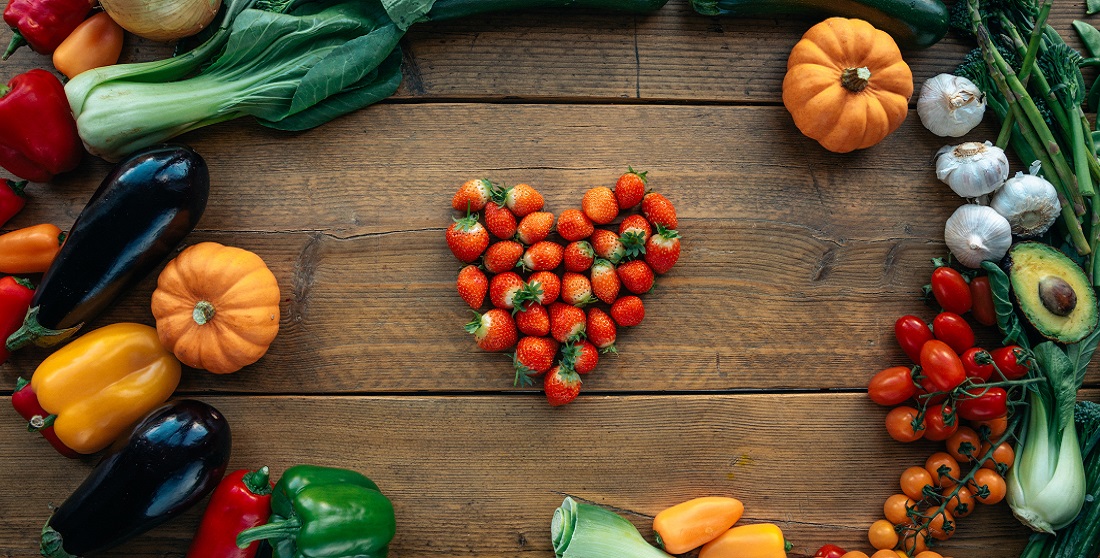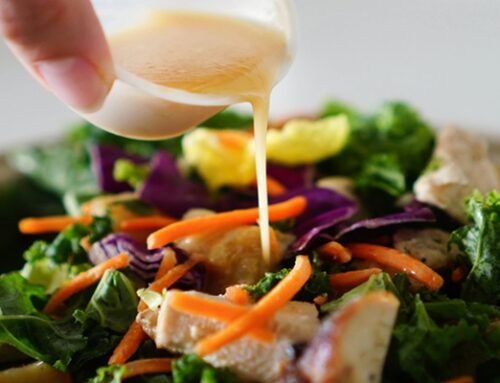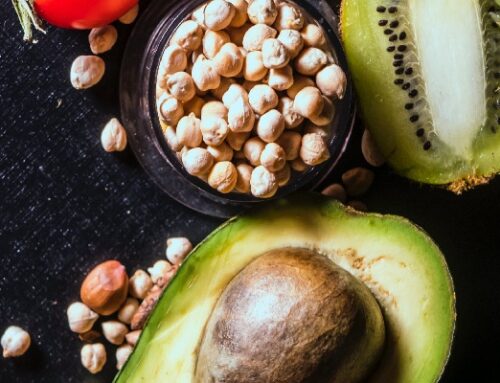Get ready to eat better one day at a time! Our 28 cooking tips for Heart Month will help you cook with less fat, more vegetables and fruit, less sodium, more whole grains and more fibre. The recipe ideas are delicious and easy to make too!
To cook with less fat
- Steam, bake, broil or grill meat, poultry and fish instead of frying it. Try this delicious broiled, low fat Tandoori Haddock which cooks in just 10 minutes.
- Remove the skin from poultry pieces before cooking.
- Brown ground meat and then drain off the fat.
- Put cooked soup, stew and chilli in the fridge overnight. The fat will harden to the top and you can scoop it right off.
- Season vegetables with herbs and spices instead of butter or a creamy sauce. A teaspoon of curry powder helps to bring out the wonderful flavour in Grilled Asparagus and Sweet Potato with Curry.
- Cook with a non-stick pan and use these other heart healthy kitchen tools.
- Line baking pans with parchment paper and use muffin tin liners instead of greasing the pans.
- Make creamy soups with evaporated skim or 2% milk. This Chicken and Corn Chowder Soup tastes rich but has less fat than you think.
- Try making your own dips, spreads and even desserts with lower fat sour cream, yogurt and cheese. Your family and guests will be impressed by this Apple Maple Cheesecake which has much less fat than a traditional cheesecake.
- Use applesauce to replace some of the fat in your baked goods. Applesauce is the secret ingredient in these moist Apple Cinnamon Baked Oatmeal.
To cook with more vegetables and fruit
- Have a variety of canned and frozen vegetables and fruit on hand. Canned baby corn looks great in a stir-fry, frozen berries are perfect for a smoothie and frozen broccoli is ready to steam.
- Add shredded carrot, grated zucchini and other vegetables to spaghetti sauce. This kid-friendly recipe for Mac and Squeese sneaks in two whole cups of butternut squash.
- Keep containers of diced mushrooms, red peppers and green beans in the vegetable crisper. Now, they are ready to be added to an omelette, a brown rice pilaf or a can of soup.
- Look for recipes that use fruit as the main ingredients.
- Pair each of your main dishes with vegetables or fruit. Here are three recipes to get you started: Sweet Chili Tofu Stir-fry, Mango Chicken Wraps, and Tea Poached Salmon with Fruit Salsa.
To cook with less sodium
- Prepare your own meals often, using little or no salt. Use sodium reduced or lower sodium versions of soy sauce, ketchup, condiments, soups, crackers and canned fish.
- Make your own salad dressing with oil, flavoured vinegars and fresh or dried herbs.
- Taste your food before adding salt. Flavour food with herbs, spices, garlic, ginger, onion, vinegar and lemon and lime juice.
- Cook pasta, rice or hot cereal without adding salt. Try using oil, unsalted margarine or unsalted butter instead of salted margarine or salted butter. Rinse canned veggies and canned beans, peas and lentils under cold water to wash away some of the sodium.
To cook with more whole grains
- Use brown rice or whole wheat flour when your recipes call for white rice or white flour.
- Look for recipes that use whole grains you’ve never tried before, such as Quinoa and Lentil Pilaf.
- Add a handful of pot barley or wild rice when making your favourite soup.
- Bake a fruit crumble using whole grain rolled oats for the topping instead of a pie crust.
- Make your own trail mix with whole grain breakfast cereal, dried fruit and popcorn (it’s a whole grain too!).
To cook with more fibre
- Add ground flax to smoothies, salads and muffins. Use low fat granola, whole wheat flour, and dried fruit to make these fibre-packed Protein Bars.
- Pour a can of beans into a soup, salad or casserole. It’s that easy! This Minestrone Soup uses plenty of veggies and a can of navy beans to give it an extra fibre boost. Remember to rinse the beans first to wash away some of the sodium.
- Leave the peel on. When you peel an apple, you lose about 1/3 of the fibre.
- Eat the skins of baked potatoes too for a little extra fibre.
Original source: 28 Cooking Tips for Heart Month – Unlockfood.ca, 2018







